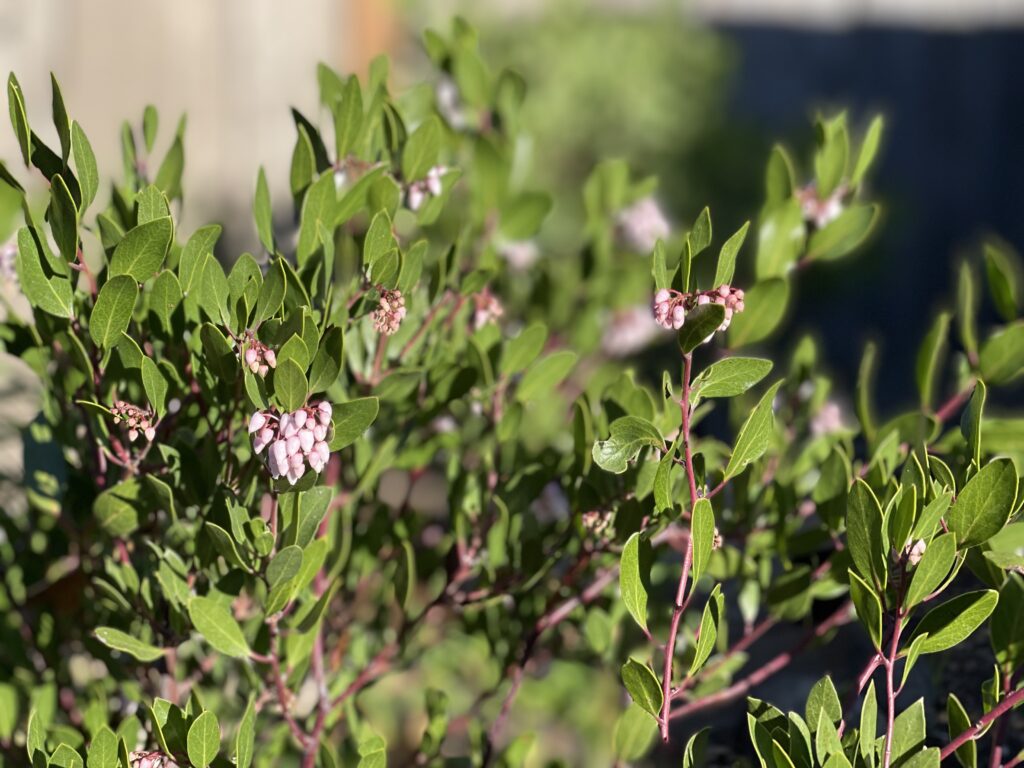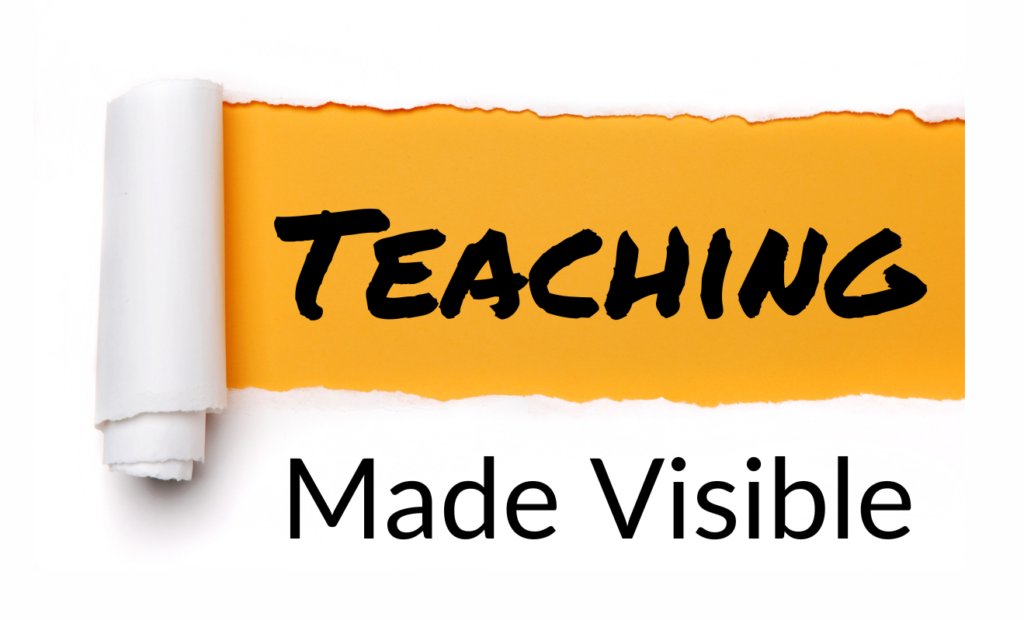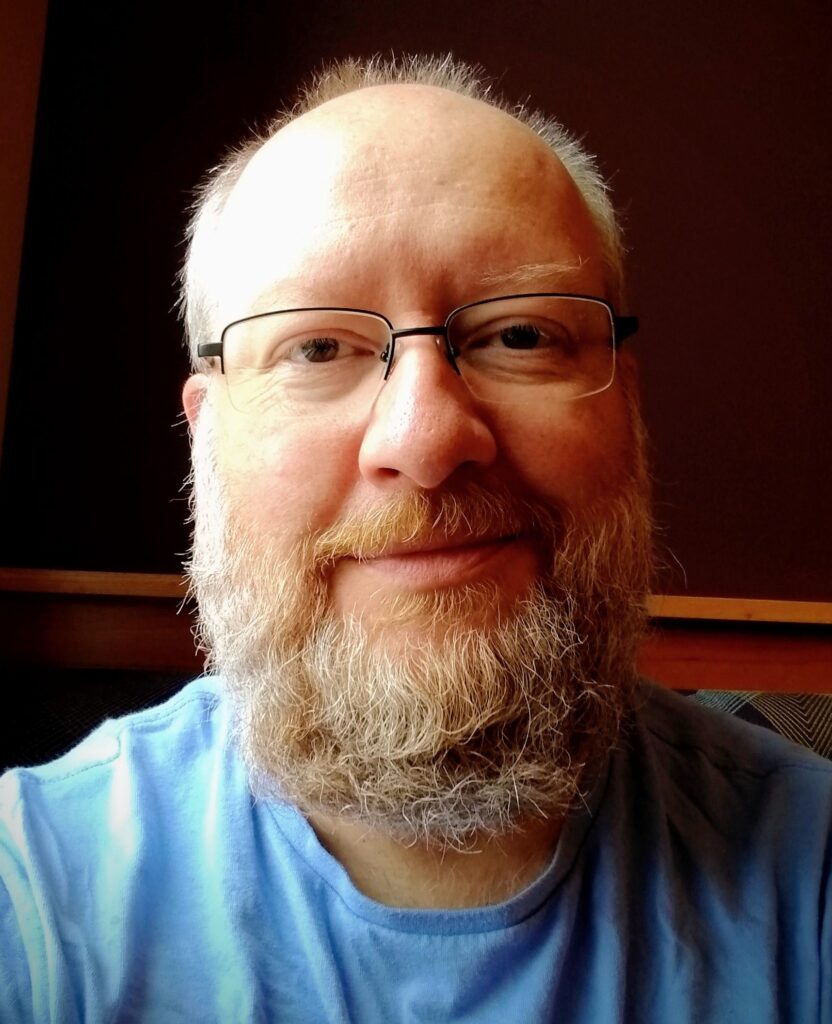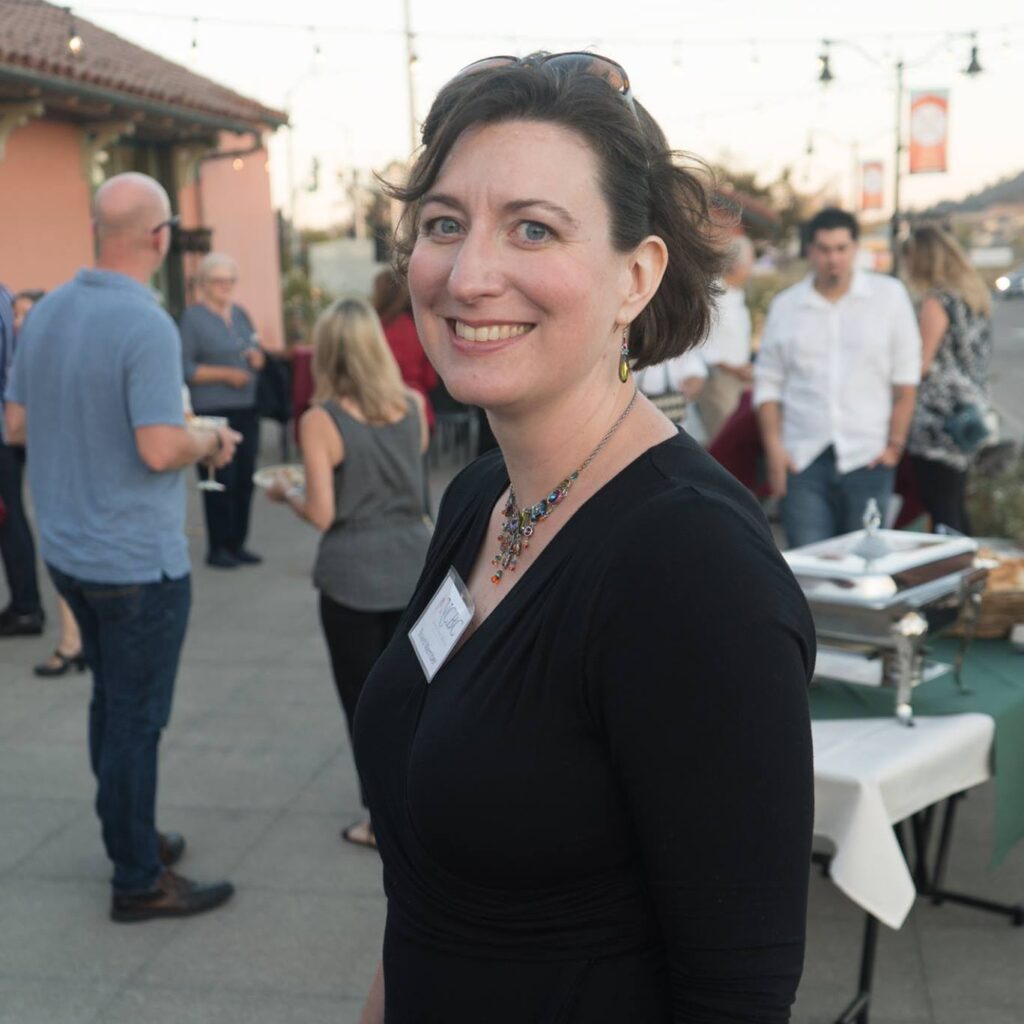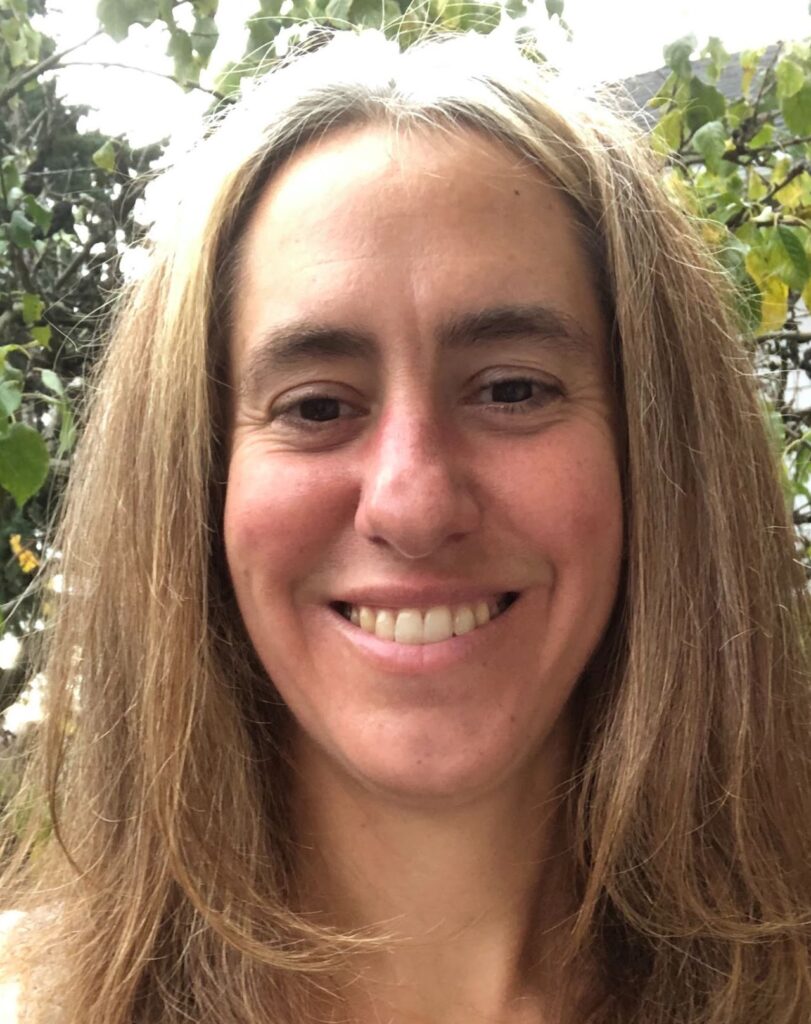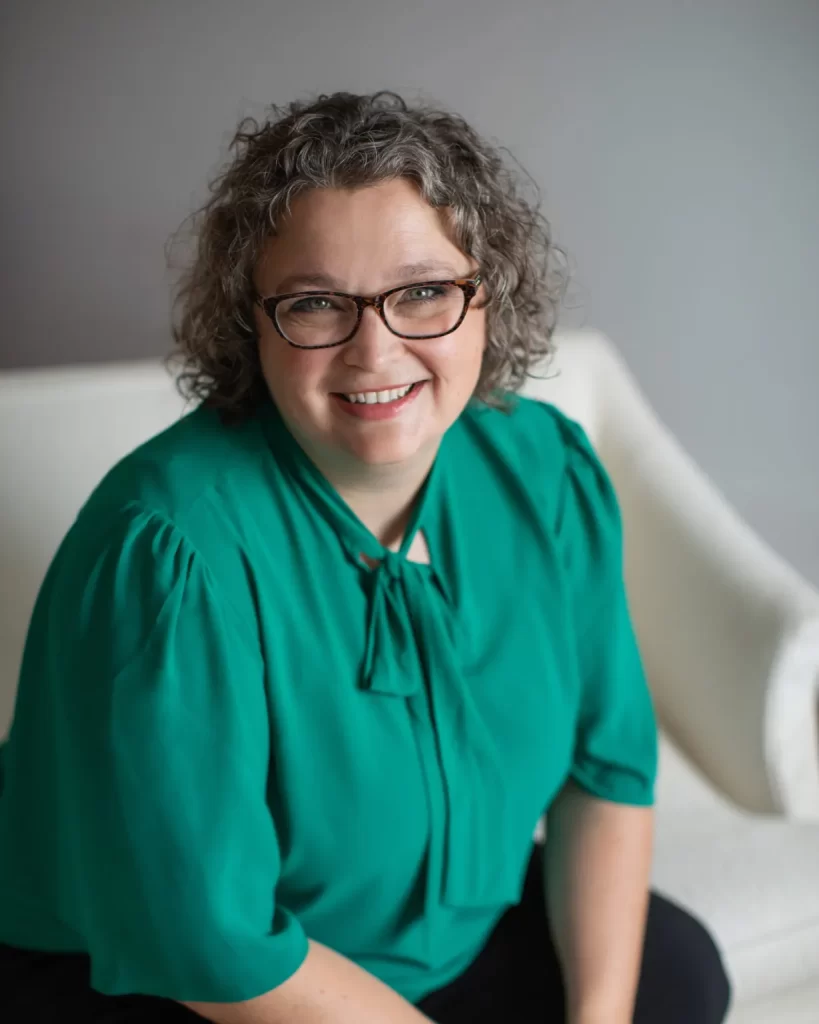I’ve been both excited and anxious about writing this blog post. I’m excited that Scott invited me to participate and anxious that what I had to write wouldn’t be academic enough. But truly, that excitement and anxiety is also related to the topic that I’ve chosen. How “academic” is social justice work in education? Is it possible for it to be on par with and seen as equal to more traditional classes and ways of teaching? In education, we talk a lot about decolonization and moving away from “the way we’ve always done it.” But the system is set up in such a way that it seems like change can only be a one-off.
This constant thought process on what it would really mean to expand the possibilities for education has ultimately led to my uncertainty about my dissertation topic in the doctoral program I’m in with Scott and Erin. I know that I want to research and talk about Black women in higher education, maybe including other women of color. I know that I want to write about how we can do “diversity education” and “diversity work” with a real lens of social justice, moving beyond words and nice web pages. To do this work in a way that makes change would require a true disruption of the systems we’ve inherited. And I feel like I often don’t have the time to get my head above water to see the bigger picture or work on it. I’m often too busy doing the work to research it or find the right words to package what I’m doing. So I appreciate this chance to think through what I’m doing, what it’s based on, and what direction I should take in writing down what I do and want to do and why.
I teach a freshman class called Dignitas at the College of St. Scholastica (CSS). Dignitas is a required class for all traditional first-year, in-person students. The goal of the class is for freshmen to learn about the Benedictine values, the CSS community, to build a sense of belonging, and to learn about these things through a specific lens or theme chosen by the instructor. My class’s theme is race and social justice and my class is invitation-only, for students of color only. Students do not need to choose my section and there are students of color every year who do choose other classes. This is important because what we do only works if someone chose to be part of it and is invested.
A big part of my desire to name and package what I am doing comes from my own realization that there are things I do that work and would helpful for other people to know and do in their own ways as the college is talking more and more about the diversity of our incoming classes but also the retention of these growing populations, such as students of color. I know that part of what works is the content of my class but my presence as a Black woman as an instructor is also very important for most of my students. I am often the first person of color that many have had as a teacher and the setup of the class is the only place they’ve ever been in a room of all people of color. These things matter but I’ve had colleagues dismiss them and say that they are unimportant. Only recently have I realized that many of the naysayers are uncomfortable with the idea that things like visibility and the existence of spaces where students of color are not the minority are important. And they are uncomfortable because those aren’t things they can provide as instructors. But why is this any different from skills or situations that those educators can provide that I cannot? In those instances, I don’t blame that educator for what they can do. I simply show up in the ways that I am able to and I feel grateful that my colleagues show up in other ways. This is really about showing up authentically and knowing what need you can fill, not doing everything the same way.
For African American students specifically, I know that I need more time with bell hooks texts and texts talking about education for liberation. While there are naysayers regarding my class, my teaching style, and my course content, my results speak for themselves. Scott is the person who ran the numbers on my course’s success and found rates of retention and persistence to graduation had gone up each year for my students. This is the exact population the school is looking at and those are the exact issues we are supposedly tackling. On a personal level, we have had quite the week in my class. Today, a student talked with me about a friend of hers who wishes she could be in our class, not because it’s “easy” but because she is in a very traditional class with lots of texts and essays. This particular student said she wishes she had a space to really think about issues that are real and important to her and discuss them with her peers. Also during this week, one of my students agreed to let us show the new documentary, “Boys in Blue,” which he is a part of. He also agreed to let me interview him and have the class ask questions. In our class on Tuesday, we did this and there were students thinking and talking about whether they feel welcome at CSS, what it’s like being at a PWI, missing their homes and diversity, and feeling plucked out of a place where they are seen and accepted, only to be set into a place where they are tolerated at best. But they talked too about why they are here and the sacrifices that might be worth it to them and again, why. Then on Thursday, the student was not in class because he went home for a memorial honoring another kid who had been in the documentary but was murdered last year.
We cannot claim to be educators who only worry about “academic rigor” but ignore the personal and the cultural. My students are smart and they are capable. But they are going through so much more than most of their more privileged classmates. And they are going through it constantly. I have many colleagues whose response is to lower expectations for these students or make the expectations higher or to claim that any sharing of the personal is an excuse. The list goes on. But these same colleagues often lament on the number of students who do not persist and it takes a lot of my patience not to scream that there are ways to do it all. So at the end of the day, I often find that I relate more to my students than I do to most of my colleagues and that is because we are dealing with the same issues in different ways. How can we truly educate and work in a way that is geared toward liberation and not toward assimilation?
